Pro Tip: Winter Boating
It is that time of year, short days, cold nights, and extra layers under the drysuit. Just because it is winter doesn't mean you have to put your paddling gear away. A few key pieces of gear will help keep you warm and paddling year round.
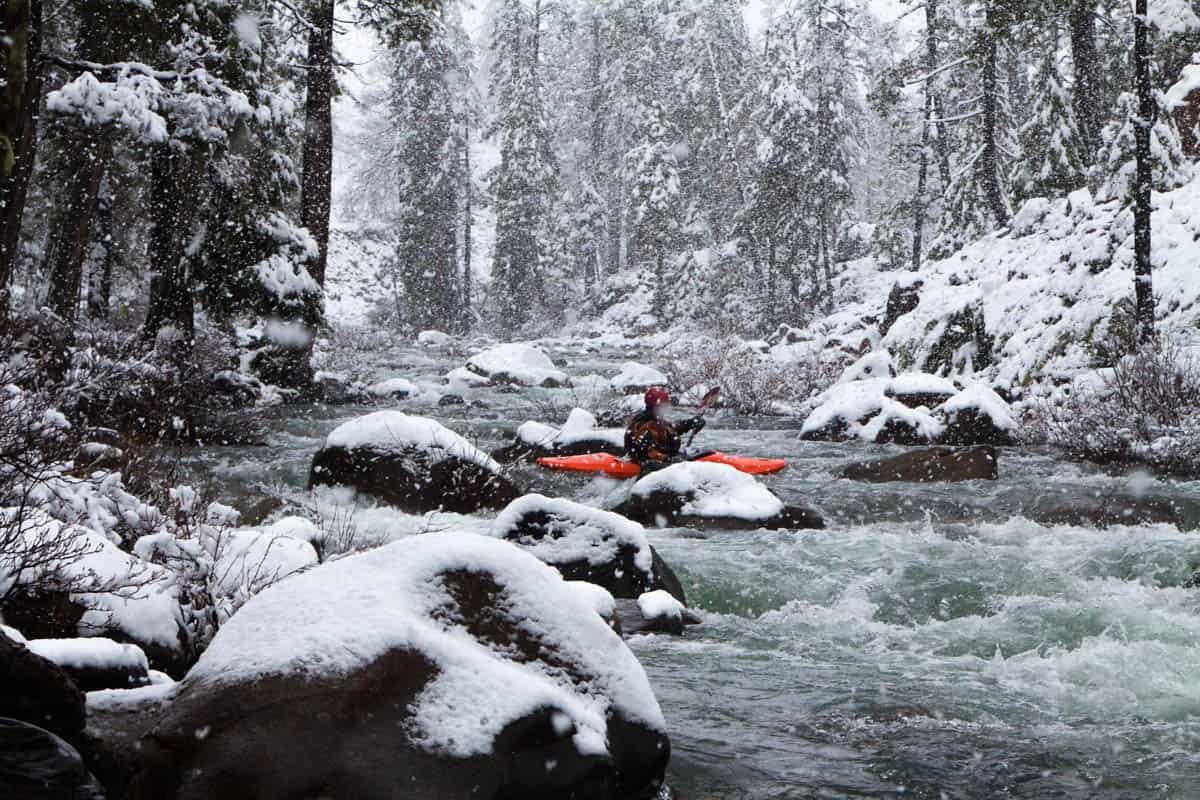
Winter Boating on the South Fork of Rough and Ready Creek
Hands
The first thing I always think about when the temps drop is keeping my hands warm. Hands can get cold, really quick, and become hard to use when they are nearly frozen stiff from being in and out of the water. There are a few different options too keep those fingers from freezing and of course everyone has their opinion.
A popular option are poggies. A "mitten" for your paddle. These give you the benefit of having your bare hands on the paddle, easy to slip your hand in and out as your temperature changes, and they keep your hands warm. You can find them for kayak paddles as well as canoe paddles.
Another option is neoprene gloves. Some don't like how they feel when holding a paddle with gloves, but it is all personal preference.
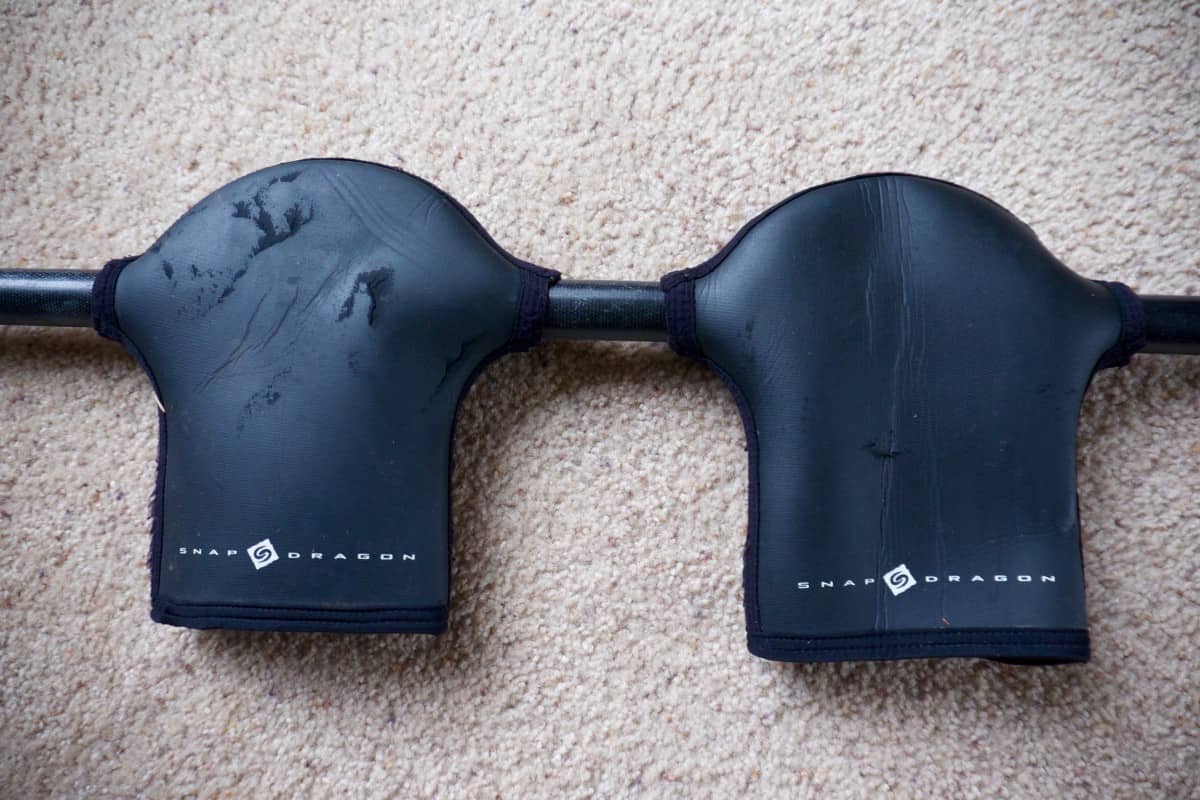
Poggies
Drysuit
The next item is a drysuit! This is the best option as they are designed to keep you dry, warm, and happy on the river. They do require a little extra care, the rubber gaskets around the wrist and neck need to be handled with care. It is also a good idea to use a rubber protectant such as 303 every so often to keep the gaskets from drying out and cracking. There are many different options out there from Immersion Research, Kokata, Stolhquist, and many more.
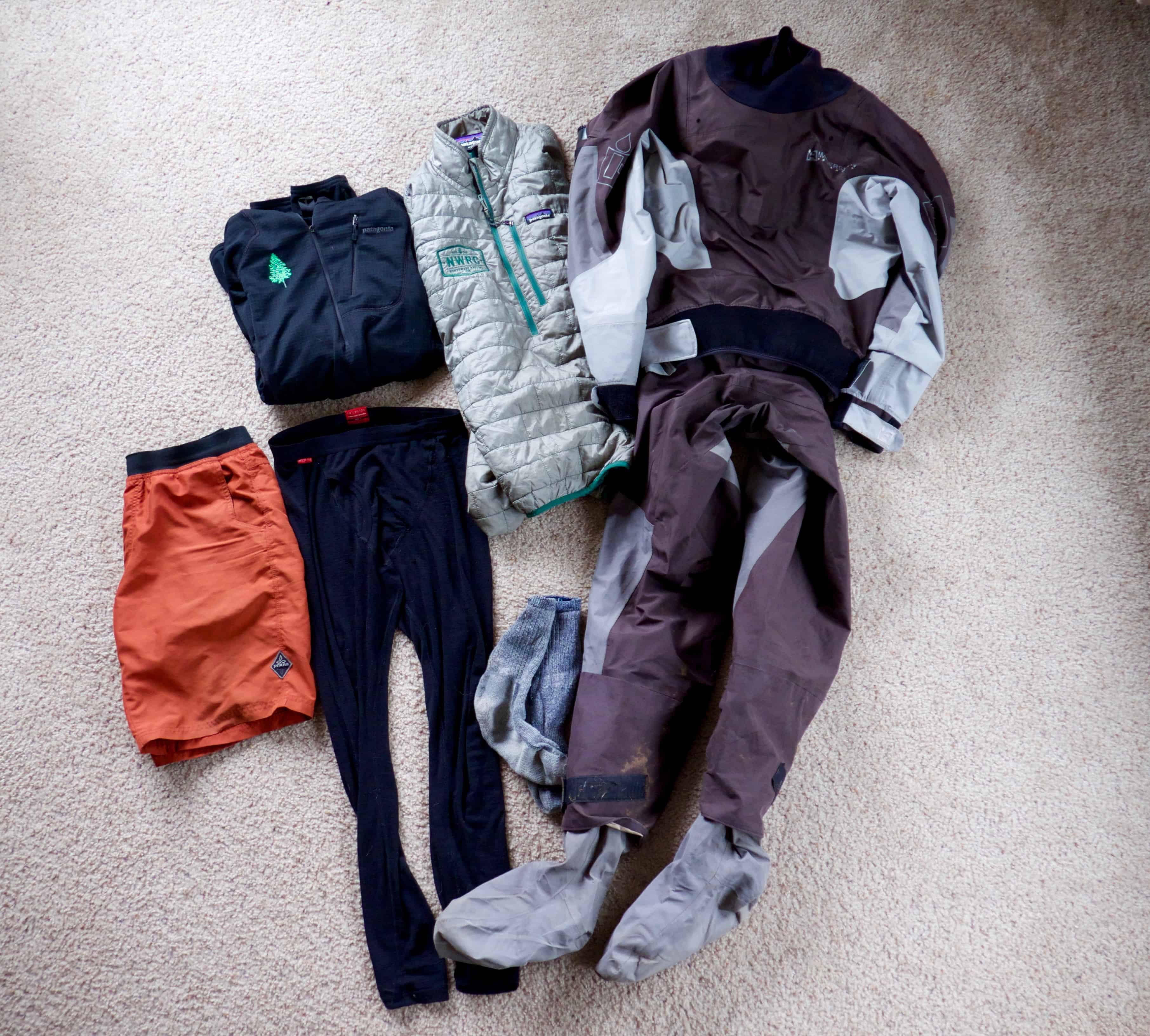
Dry suit and layers
Layers
What you have under your drysuit is also important. Most are familiar with the layering system, if not it is simple. Also remember that some people run hot, some cold, so find a system that works for you. Start with something that will wick moisture away from the skin, polypro, capilene, and wool are great. I like wool because it doesn't get too stinky after a day of paddling. Next throw on something a little bit heavier, a fleece pull over is great option. Same principals apply to keeping those legs warm.
There are some great union suits, aka "onsies" in men's and women's out there like this one from Kokatat. Once you have your layers and drysuit on make sure you can still move those arms, and if you are in a kayak, that you fit. Don't forget some warm socks to keep those toes warm as well.
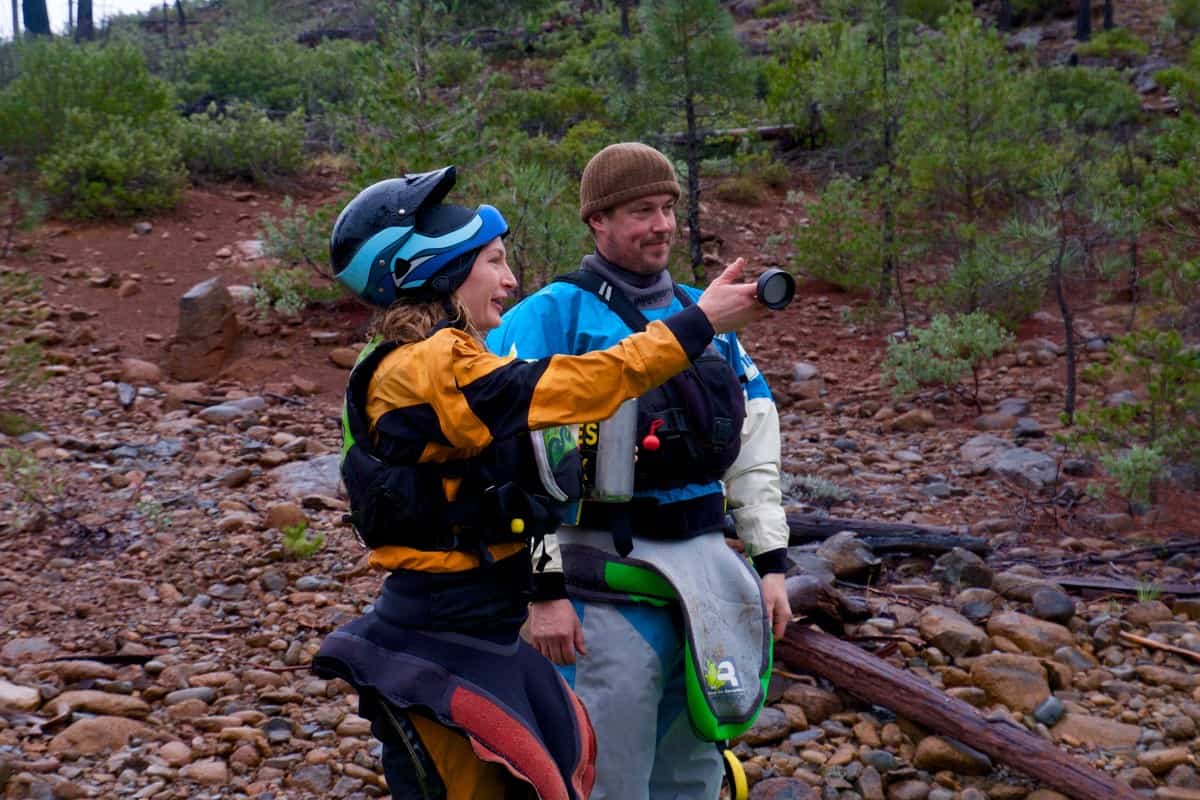
Dry suits and warm hats
Head
Some people also like to put on a thin neoprene cap to keep their head warm. There are also helmets, like the Sweet Protection Rocker, that have ear flaps for a little extra protection. Ear plugs are also something to consider, especially kayakers. Repeated cold water submersion can reek havoc on the tiny bones inside your ear. You can read more about External Auditory Canal Exostoses, also known as "kayakers ear" if you spend lots of time submerged in cold water.

Chrissy likes to keep her head warm
Extra
One thing that can be easy to over look is staying warm while getting ready, scouting a rapid, rescues, repairs, and even hanging out and waiting for shuttle. A light weight jacket, warm stocking hat, gloves, and even a scarf are small and easy to stuff into a dry bag. Scouts, rescues, and repairs came come at any time, no sense in standing around cold.
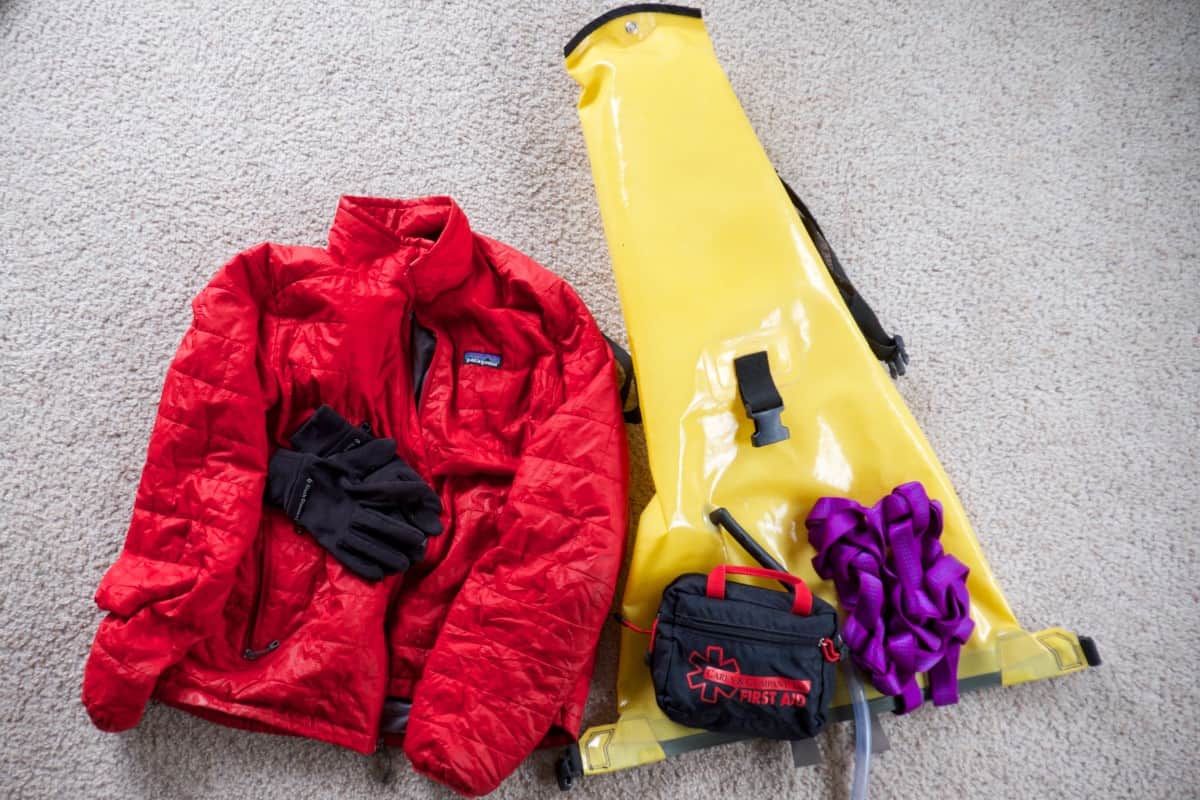
Extra Gear
You may be watching videos and seeing photos of people dropping water falls in the warm waters near the equator, but just because it is cold outside doesn't mean you can't paddle as well. Put on some extra layers, put a hot beverage in a thermos for take out, and head to the river. Cold snowy days aren't just for skiing, get out and paddle hard.




